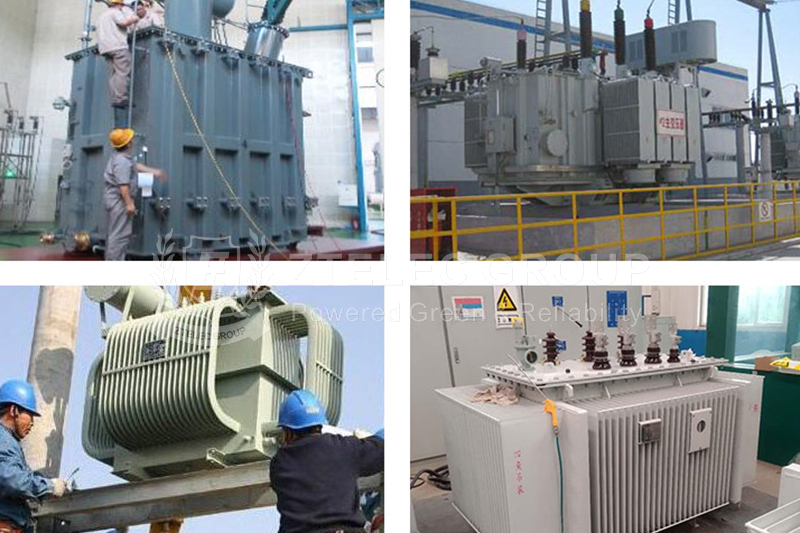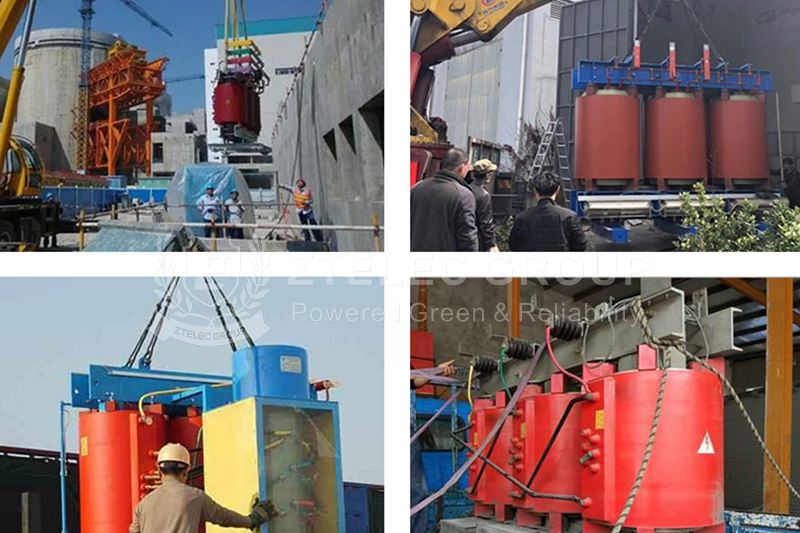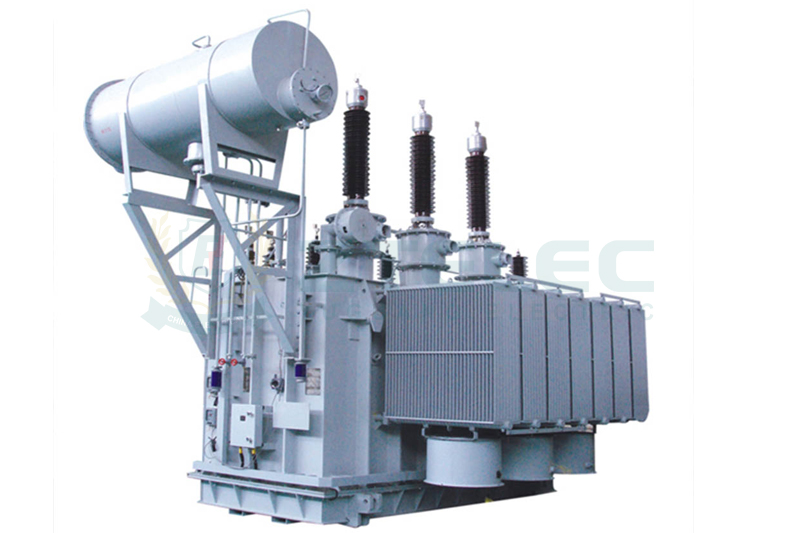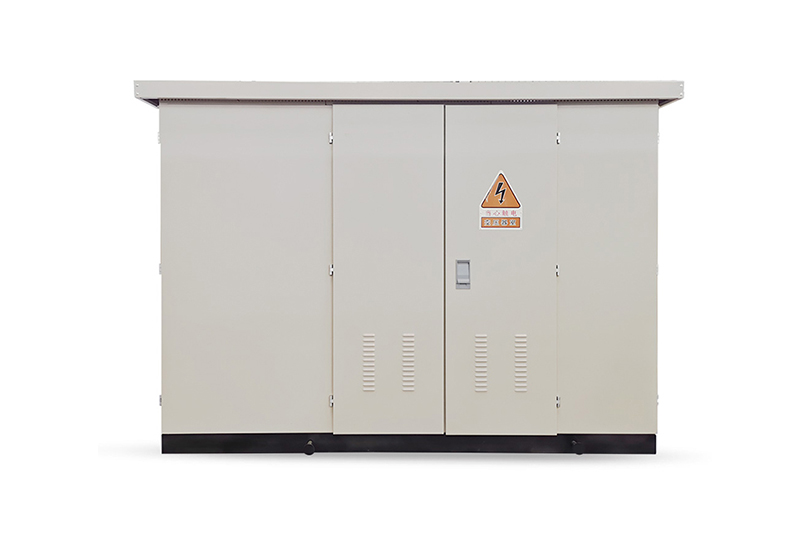How Transformers Convert Voltage: Principles, Process, and Optimization
Time:2025-05-22 Auther:ZTelec-www.ztelectransformer.com
Transformers are fundamental components in modern electrical systems. Their ability to convert voltage levels through electromagnetic induction is essential for efficient energy transmission and distribution. This article explores the principles behind voltage conversion in transformers, including their internal structure, working mechanisms, and strategies for improving efficiency.

Electromagnetic Induction: The Operating Principle
Transformers operate based on the principle of electromagnetic induction. When alternating current (AC) flows through the primary coil, it creates a time-varying magnetic field. This changing field induces an alternating electromotive force (EMF) in the secondary coil, as described by Faraday’s Law of Electromagnetic Induction.
Energy is transferred without physical contact—only through magnetic coupling. A standard transformer consists of two main components:
Iron Core: Made from laminated silicon steel with high magnetic permeability, the core focuses magnetic flux and minimizes leakage, enhancing energy transfer efficiency.
Coils: Divided into the primary coil (connected to the power source) and the secondary coil (connected to the load), these coils are wound around the core and share a magnetic circuit, enabling induction.
The Role of Turns Ratio in Voltage Conversion
The coil turns ratio determines how voltage is transformed. In an ideal transformer, the relationship between voltage and turns follows the equation: U1/U2 = N1/N2, where U1 and U2 are the voltages, and N1 and N2 are the number of coil turns on the primary and secondary sides, respectively.
Step-Up Transformers: These have more turns on the secondary coil than the primary. As a result, they increase voltage, which is critical in long-distance power transmission to reduce energy loss.
Step-Down Transformers: With fewer turns on the secondary coil, they reduce voltage to safe levels suitable for end-use equipment such as appliances and machinery.
Current also follows an inverse relationship with the turns ratio: I2/I1 = N1/N2. This means as voltage increases, current decreases, maintaining power conservation. Proper matching with load impedance is essential to avoid voltage distortion or overload.

Energy Conversion Process Inside the Transformer
The transformation of electrical energy occurs in three distinct phases:
Magnetic Field Establishment: When power is applied to the primary coil, the magnetic flux in the core begins to increase. According to Lenz’s Law, the induced EMF in the secondary coil opposes the change in flux, stabilizing the magnetic system.
Steady-State Operation: Once a stable alternating magnetic field is established, continuous energy transfer occurs. However, internal losses like hysteresis and eddy current loss also take place. Hysteresis loss arises from internal friction in the core material, while eddy currents are loops of induced current that generate heat.
Dynamic Response Behavior: Transformers are sensitive to frequency. In high-frequency environments, phenomena like skin effect and parasitic capacitance become significant. High-frequency transformers are often smaller, but require specialized winding designs to minimize associated losses.
Loss Mechanisms and Efficiency Optimization
Transformer efficiency typically ranges from 95% to 99% but can be affected by several loss mechanisms. Understanding and mitigating these losses is vital for optimal performance.
Copper Loss: Caused by the resistance of the winding, copper loss increases with the square of the current. Using thicker conductors or multi-strand windings can reduce resistance and lower these losses.
Iron Loss: This includes both hysteresis and eddy current losses. Using cold-rolled, grain-oriented silicon steel and laminated core construction minimizes these losses significantly.
Leakage Flux Loss: Not all magnetic flux links perfectly with the secondary coil. Optimizing the coil arrangement and core shape enhances magnetic coupling and reduces leakage-related energy waste.
Transformers convert voltage efficiently through the principle of electromagnetic induction, governed by the coil turns ratio. Their design must consider energy transfer dynamics, frequency response, and multiple forms of internal loss. Through advanced materials, precision engineering, and strategic optimization, modern transformers achieve high efficiency, ensuring safe and reliable power delivery across electrical networks.




